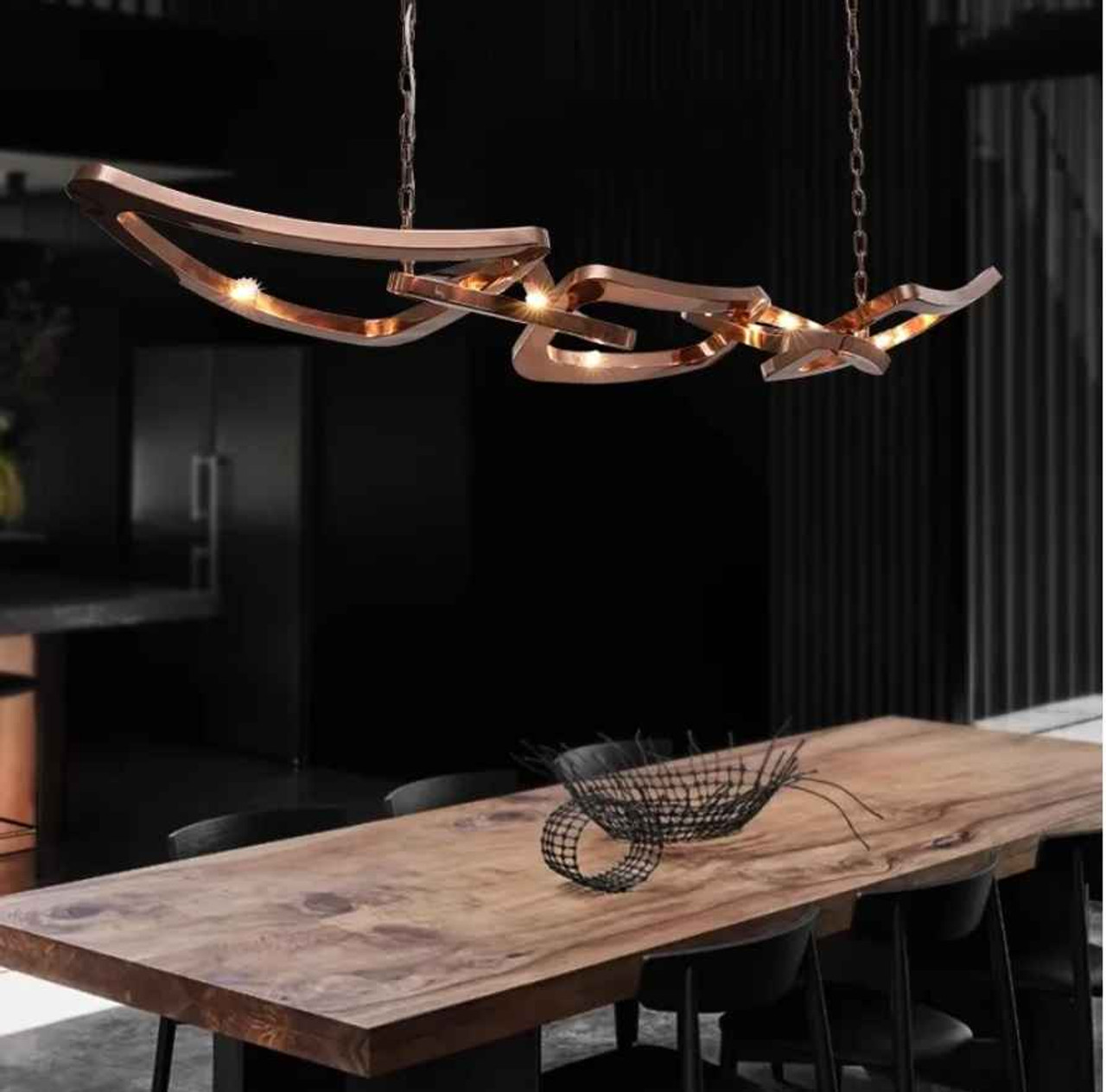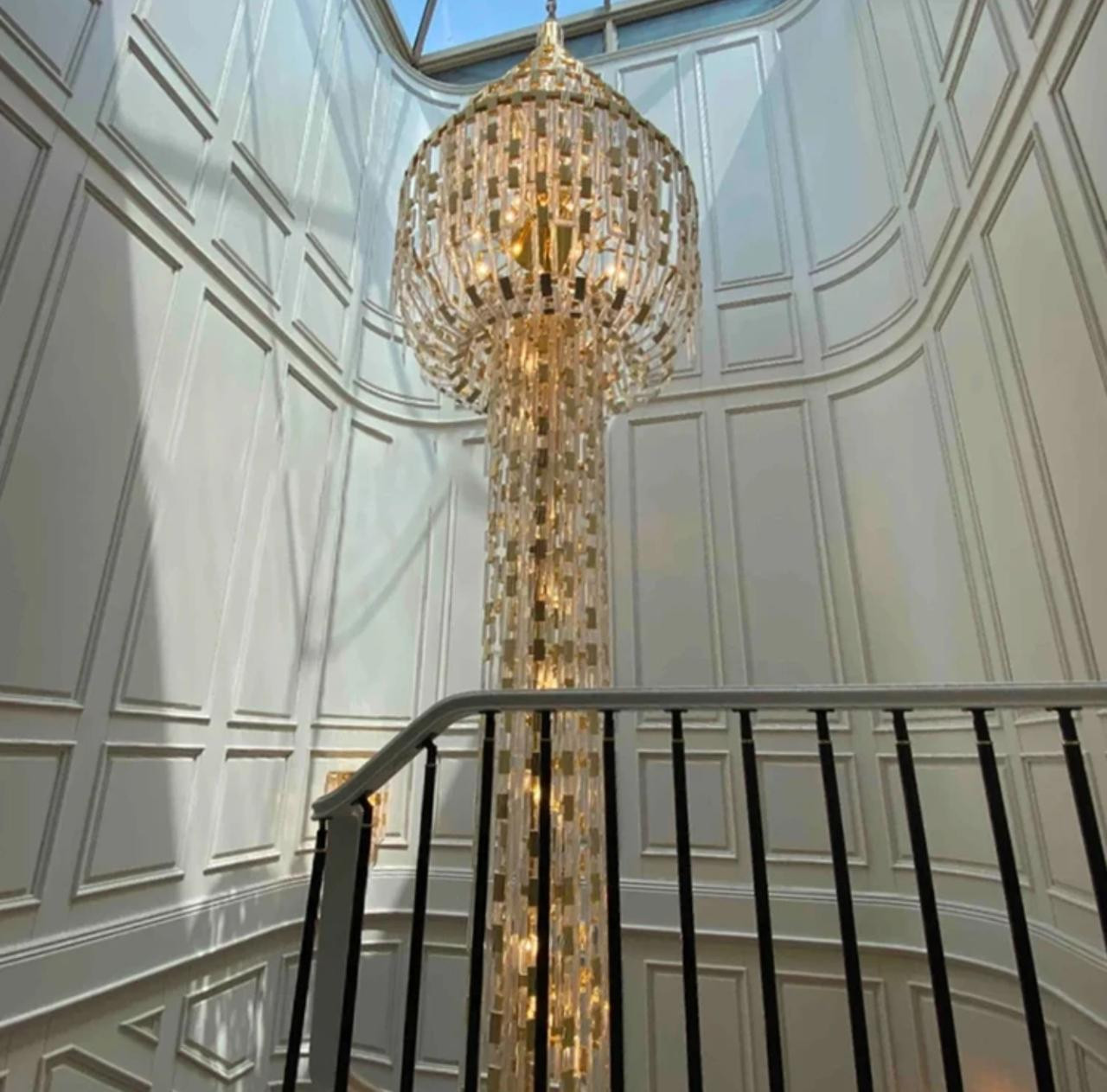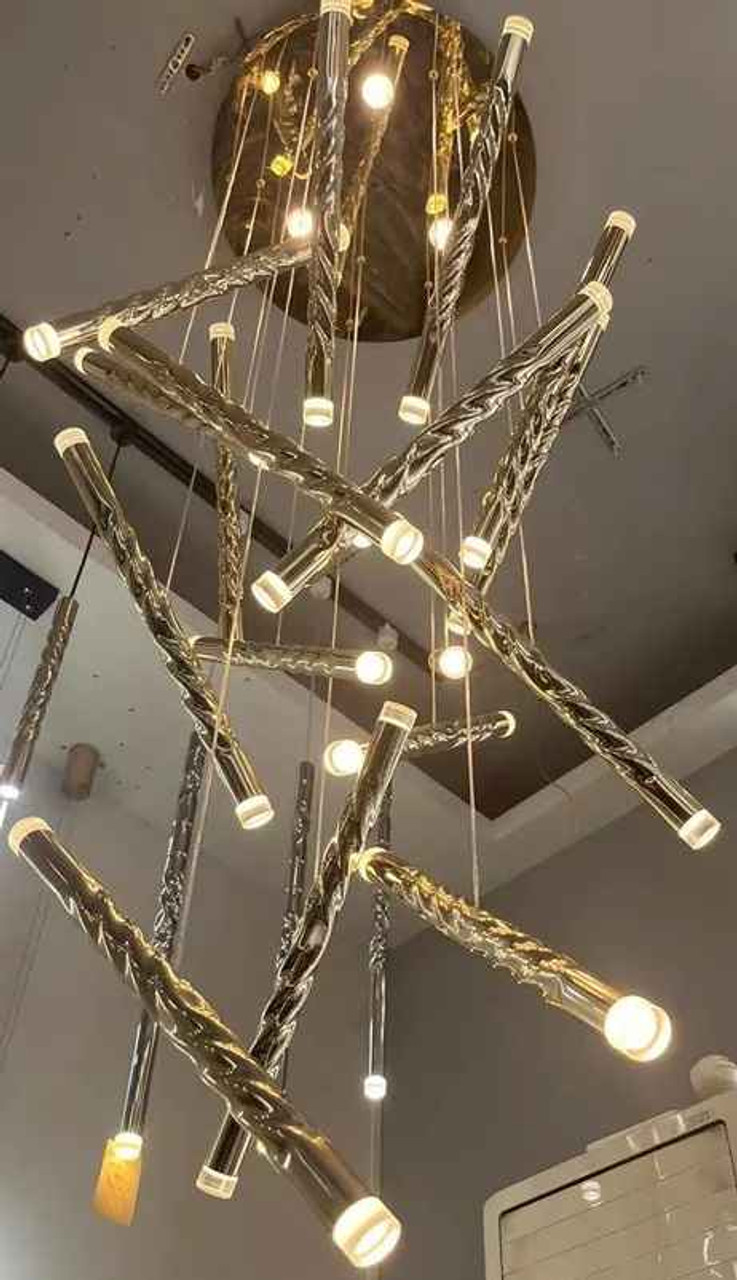What Makes A Good Interior Designer
22nd Aug 2024
What Makes a Good Interior Designer?
In the world of interior design, creating beautiful spaces that are both functional and aesthetically pleasing is no small feat. A good interior designer is not just an artist, but also a problem-solver, a project manager, and a trusted advisor. They must balance creativity with practicality, manage budgets and timelines, and most importantly, understand and bring to life the unique vision of each client. So, what exactly makes a good interior designer? Let’s explore the key qualities, skills, and attributes that set great designers apart from the rest.
1. Understanding the Client's Needs
At the heart of every successful interior design project is a deep understanding of the client’s needs, preferences, and lifestyle. A good interior designer excels in empathy and communication, two critical skills that enable them to connect with clients and truly grasp their vision. The design process begins with a thorough consultation where the designer listens carefully to the client’s desires, pain points, and expectations.
Empathy and Communication: A good designer knows that every client is different, with unique tastes, needs, and budget constraints. By actively listening and asking the right questions, designers can tailor their approach to meet the specific requirements of each project. This client-centered design approach ensures that the final space reflects the client’s personality and lifestyle while also being functional and comfortable.
Customization and Personalization: Today’s clients expect more than cookie-cutter designs; they want spaces that are uniquely theirs. Good designers provide a personalized experience, offering customization options that allow clients to see their own ideas reflected in the design. This not only enhances the client’s satisfaction but also builds trust and confidence in the designer’s abilities.
2. Strong Design Sense and Creativity
Design sense and creativity are the cornerstones of interior design. A good designer possesses an innate understanding of aesthetics, including color theory, balance, proportion, and harmony. They have a well-developed artistic vision that allows them to see beyond the obvious and imagine spaces in new and innovative ways.
Artistic Vision: A good designer has a strong eye for detail and a clear understanding of how different design elements come together to create a cohesive and beautiful space. They can visualize the potential of a room, seeing possibilities that others might miss. Whether it’s choosing the right color palette, selecting furniture, or arranging decor, their artistic vision drives the creative process.
Creativity and Innovation: Great designers are not afraid to push boundaries and think outside the box. They are constantly seeking new ideas and exploring different styles, materials, and techniques. Creativity in design is about more than just making a space look good—it’s about solving problems in innovative ways, finding unique solutions that meet the client’s needs while also delivering a wow factor.
Staying Updated: The world of interior design is always evolving, with new trends, materials, and technologies emerging regularly. A good designer keeps up with these changes, attending industry events, reading design publications, and staying connected with other professionals. This ensures that their designs are not only current but also timeless, blending contemporary trends with classic elements that will stand the test of time.
3. Technical Knowledge and Skills
Beyond creativity, a good interior designer must have strong technical knowledge and skills. This includes understanding space planning, materials, and construction methods, as well as proficiency in design software that allows them to create detailed plans and renderings.
Understanding of Space Planning: Space planning is a critical aspect of interior design, as it determines how a room will function and flow. A good designer knows how to make the most of the available space, ensuring that the layout is practical, efficient, and aesthetically pleasing. They take into account factors like traffic patterns, furniture placement, and the relationship between different areas of the space.
Knowledge of Materials and Products: Designers must be well-versed in the materials and products they use in their projects. This includes understanding the properties of different materials (such as durability, maintenance, and cost) and knowing where to source high-quality products that fit within the client’s budget. A good designer also stays informed about new products and technologies that can enhance the functionality and beauty of a space.
Proficiency with Design Software: In today’s digital age, proficiency in design software is a must for interior designers. Tools like AutoCAD, SketchUp, and Adobe Creative Suite allow designers to create detailed floor plans, 3D models, and renderings that help clients visualize the final result. These tools also aid in the precise execution of the design, ensuring that everything from dimensions to materials is accurately represented.
4. Attention to Detail
In interior design, the devil is in the details. A good designer pays close attention to every aspect of the project, from the big-picture layout to the smallest decorative element. This meticulous attention to detail ensures that the final result is polished, cohesive, and of the highest quality.
Precision in Execution: A good designer doesn’t cut corners. They understand that even the smallest oversight can have a significant impact on the overall design. Whether it’s ensuring that the seams of a wallpaper pattern align perfectly or that the finishes on furniture match the color scheme, a good designer is precise and thorough in their work.
Quality Control: Good designers are committed to quality in every aspect of their projects. They work closely with contractors and suppliers to ensure that the materials used are of the highest standard and that the craftsmanship meets their expectations. This commitment to quality is what sets good designers apart and builds their reputation in the industry.
5. Project Management and Budgeting Skills
Interior design is not just about creativity; it’s also about managing a project from start to finish. A good designer must be an effective project manager, coordinating between different parties, managing budgets, and ensuring that the project is completed on time.
Effective Project Management: Managing an interior design project requires strong organizational skills and the ability to coordinate multiple tasks simultaneously. A good designer is able to oversee the entire process, from initial consultation to final installation, ensuring that everything runs smoothly and according to plan. This includes coordinating with contractors, suppliers, and other professionals, as well as managing timelines and resolving any issues that arise during the project.
Budgeting and Financial Planning: A good designer must also be skilled in budgeting and financial planning. This means understanding the client’s budget and finding ways to deliver the desired results without overspending. It also involves making smart decisions about where to allocate funds, prioritizing certain elements of the design while finding cost-effective solutions for others.
Problem-Solving Under Pressure: No project is without its challenges, and a good designer must be able to think on their feet and solve problems as they arise. Whether it’s dealing with unexpected delays, managing client expectations, or finding alternatives when a product is out of stock, a good designer remains calm under pressure and finds creative solutions to keep the project on track.
6. Building and Maintaining Relationships
Interior design is a collaborative process that involves working closely with clients, contractors, suppliers, and other professionals. A good designer understands the importance of building and maintaining strong relationships with these stakeholders.
Networking with Vendors and Contractors: Good designers have a network of trusted vendors, contractors, and artisans who they can rely on to deliver high-quality products and services. These relationships are built over time and are based on mutual trust and respect. By maintaining strong relationships with suppliers, designers can ensure that they have access to the best materials and resources for their projects.
Client Relationships: A good designer knows that their relationship with the client doesn’t end when the project is completed. Maintaining ongoing communication and providing follow-up support is essential for building long-term relationships and generating repeat business. A satisfied client is likely to refer the designer to others, helping to grow their business and reputation.
Reputation in the Industry: A designer’s reputation is one of their most valuable assets. Good designers build their reputation through hard work, reliability, and a commitment to excellence. They understand that their reputation is built on the quality of their work and the satisfaction of their clients, and they strive to uphold the highest standards in every project.
7. Adaptability and Lifelong Learning
The world of interior design is constantly evolving, and a good designer must be adaptable and committed to lifelong learning. This means staying flexible in the face of changing trends, client preferences, and project challenges, as well as continually expanding their knowledge and skills.
Staying Flexible: A good designer is able to adapt to changes in the project scope, budget, or timeline, as well as to new trends and client requests. They understand that flexibility is key to meeting the needs of their clients and delivering a successful project.
Commitment to Continuous Learning: The best designers are always learning, whether it’s through formal education, attending industry events, or staying up-to-date with the latest trends and technologies. This commitment to continuous learning ensures that they remain at the forefront of the industry and are able to offer their clients the best possible design solutions.
Conclusion
A good interior designer is a blend of artist, manager, and collaborator, possessing a unique combination of creativity, technical knowledge, and interpersonal skills. They understand the importance of listening to their clients, staying current with trends, and paying meticulous attention to detail. They are problem-solvers who can manage complex projects, build strong relationships, and continuously adapt to the ever-changing world of design.
Whether you’re a homeowner looking to transform your space or a business seeking to create an inviting environment, choosing a good interior designer is essential to achieving your vision. By understanding the qualities that make a designer great, you can ensure that your project is in capable hands and that the end result will be a space that reflects your style, meets your needs, and exceeds your expectations.





